Taking the First Steps to Becoming a Successful Investor/Trader: Part 1
Introduction
Welcome. We’re about to start a journey on what we hope to be a firm path toward the successful decision making process of picking securities for a personal portfolio. But first, I’m going to use the terms ‘Trader’ and ‘Investor’ pretty much interchangeably. I consider ‘trading’ to be more shorter term, days, weeks, months and ‘investing’ to be longer term, months to years, but the techniques that we’re about to explore can be applied to many time frames.
In the first 4 sections we’re going to explore YOU, because each of us is different and why would we expect one idea or technique to fit everyone? After the first 4 sections we’ll get into the “nuts and bolts” of how to find securities, specifically stocks, which have the best chance to appreciate with a perceived minimal amount risk.
So be patient, we’ll get to the technical stuff.
Trading has tremendous allure. The markets don’t care about your race, gender, politics, background or education. The bad part is that it doesn’t care at all. With every decision there is no “give-me” or second chance. Know this . . . you are stepping into the ring with the big guys/gals who have years of experience and training and if you do something foolish, they will take your money. The market doesn’t care. So let’s do this.
You want to become a trader? Surely after reading a few books and perhaps a seminar or a course or two you’ll be “good to go”. Most people entering this profession will give up or go broke within the first year. Why? It’s not because they read the wrong book, or had the wrong software, but rather that they completely skipped the first step. Them. Professional traders and money managers understand that they have to find and adapt a trading strategy to themselves before concerning themselves about the details of hardware, software and indicators.
The critical step often missing in the process is the first step of self-discovery. One must first understand how we think, how we learn and what we enjoy. Without this knowledge of one’s self, the process of researching a successful trading strategy is next to meaningless and will likely have a high degree of failure before it even begins. Trading is one of the few careers where one does not need to spend time learning a trade and demonstrating competency in it. Doctors, lawyers, electricians, pilots all have an entry level path to discover, learn and adapt. With trading, you’ll likely be going up against someone with more experience and more knowledge than you have. Let’s start with the first step, an understanding of you. The rest can wait.
The Rush for Answers
Traders who look at different portfolio management techniques can quickly become convinced that Active Technical analysis is the best practice for their portfolio as opposed to ‘Buy & Hold’. Active Technical Management techniques can set them apart and give them a competitive edge. Opportunities are now limitless, and so are the possible options to consider. “How do I run successful Active Technical Management portfolios, what is the answer, what is the formula?” Many well intentioned traders go right to executing tactics and completely skip any thought or review of strategies.
For the purpose of these articles, the definitions of Strategy and Tactic are:
Strategy: A plan of action, highly important to an intended objective or goal.
A strategy is the study of how different decisions and transactions are linked together, such as long term planning of a portfolio and investment model objectives.
Tactic: The tools employed relating to carrying out a limited or immediate objective.
A tactic is the conduct of a single investment decision. It has short term significance, and is characterized by ingenuity and skill.
Before applying the tactical tools to the portfolio, we must first determine the strategy for the portfolio. By being so focused on the special formula for making the trade, we forget about the objective of the portfolio model and hence the outcome. An example of this would be a system that has proven to provide a 45% annual return, with a 5% maximum drawdown. This is very good, maybe something we should add to our toolbox, but wait, there’s more to it. The system can’t be completely automated; it is somewhat subjective and requires you to sit behind a computer monitor during market hours, 6 ½ hours a day. Still interested? Some traders may be, while others definitely not. This is a proven model, but it may or may not fit our management strategy or our personal objectives. We may purchase this system and find that it is a failure because we can’t provide it the time or attention it needs, while another trader may have it and be very successful. Is it the “fault” of the system (investment tactic) or just a poor strategy to implement it? Clearly a key factor in our strategic thinking must be how we work and operate. The contention is that an important factor in the success of a trader is how he operates within the chosen investment strategy. Having an outstanding system is not in itself a guarantee for future success if it can’t be implemented properly. Let’s take a big step back and investigate how traders can determine strategies for their trading in order to give them the best opportunity for future success.
We look for answers, perhaps a special formula that was developed by a famous deceased guru. All we need is just a few really good systems, and we’re successful traders. The problem is we are all different. There is no single solution, but there are many. The key is to discover which ones are a match for the trader and their operational style. There are ways to determine which of the many investment theories and approaches we are compatible with, by taking the time to be aware of ourselves first. ** Next:** Finding the path toward a strategy.
My Thanks to the editors of ‘Technical Analysis of Stocks and Commodities’ magazine for allowing me to use my original manuscript that was published in the magazine, volume 30:2.
(I will do more of these IF there is enough interest, so click a "thumbs up".)











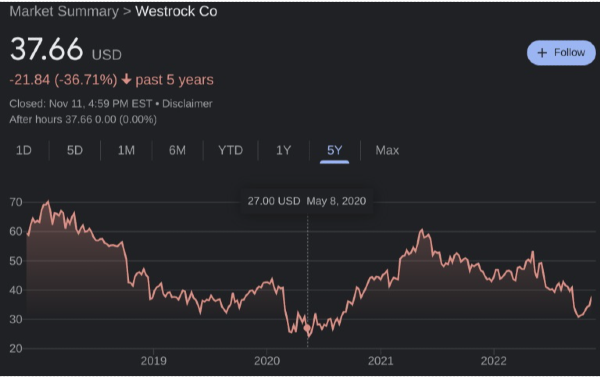

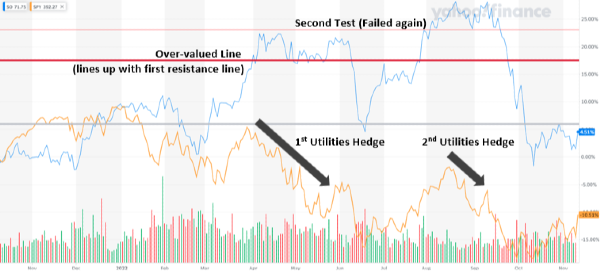


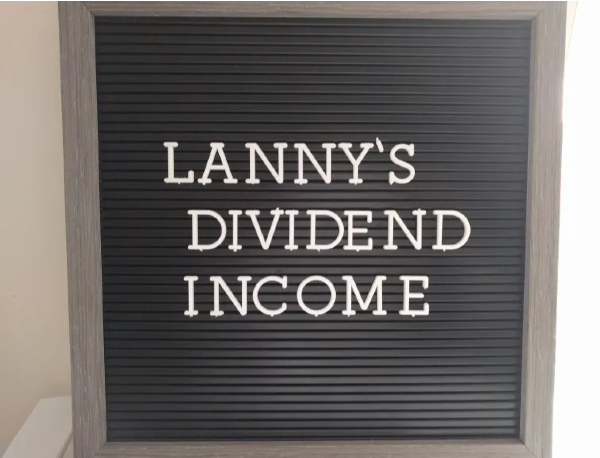

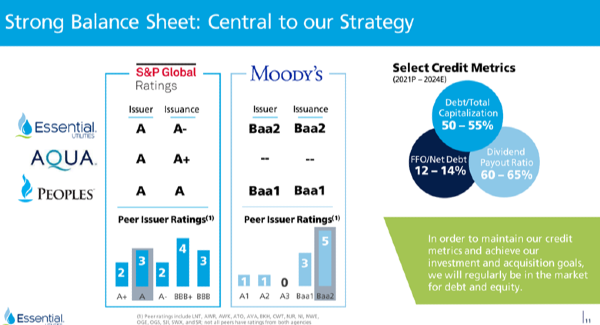


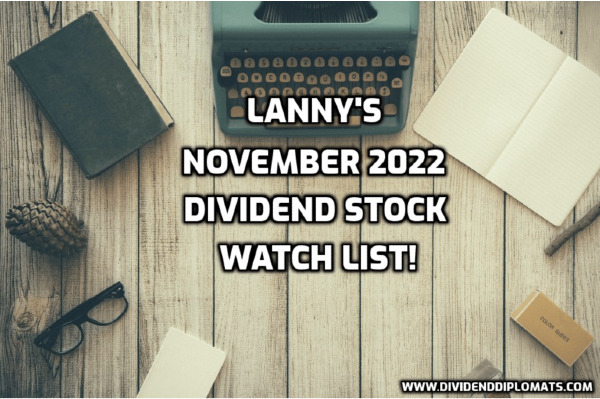







Taking the First Steps to Becoming a Successful Investor/Trader: Part 1 Introduction
Welcome. We’re about to start a journey on what we hope to be a firm path toward the successful decision making process of picking securities for a personal portfolio. But first, I’m going to use the terms ‘Trader’ and ‘Investor’ pretty much interchangeably. I consider ‘trading’ to be more shorter term, days, weeks, months and ‘investing’ to be longer term, months to years, but the techniques that we’re about to explore can be applied to many time frames.
In the first 4 sections we’re going to explore YOU, because each of us is different and why would we expect one idea or technique to fit everyone? After the first 4 sections we’ll get into the “nuts and bolts” of how to find securities, specifically stocks, which have the best chance to appreciate with a perceived minimal amount risk.
So be patient, we’ll get to the technical stuff.
Trading has tremendous allure. The markets don’t care about your race, gender, politics, background or education. The bad part is that it doesn’t care at all. With every decision there is no “give-me” or second chance. Know this . . . you are stepping into the ring with the big guys/gals who have years of experience and training and if you do something foolish, they will take your money. The market doesn’t care. So let’s do this.
You want to become a trader? Surely after reading a few books and perhaps a seminar or a course or two you’ll be “good to go”. Most people entering this profession will give up or go broke within the first year. Why? It’s not because they read the wrong book, or had the wrong software, but rather that they completely skipped the first step. Them. Professional traders and money managers understand that they have to find and adapt a trading strategy to themselves before concerning themselves about the details of hardware, software and indicators.
The critical step often missing in the process is the first step of self-discovery. One must first understand how we think, how we learn and what we enjoy. Without this knowledge of one’s self, the process of researching a successful trading strategy is next to meaningless and will likely have a high degree of failure before it even begins. Trading is one of the few careers where one does not need to spend time learning a trade and demonstrating competency in it. Doctors, lawyers, electricians, pilots all have an entry level path to discover, learn and adapt. With trading, you’ll likely be going up against someone with more experience and more knowledge than you have. Let’s start with the first step, an understanding of you. The rest can wait.
The Rush for Answers Traders who look at different portfolio management techniques can quickly become convinced that Active Technical analysis is the best practice for their portfolio as opposed to ‘Buy & Hold’. Active Technical Management techniques can set them apart and give them a competitive edge. Opportunities are now limitless, and so are the possible options to consider. “How do I run successful Active Technical Management portfolios, what is the answer, what is the formula?” Many well intentioned traders go right to executing tactics and completely skip any thought or review of strategies.
For the purpose of these articles, the definitions of Strategy and Tactic are: Strategy: A plan of action, highly important to an intended objective or goal. A strategy is the study of how different decisions and transactions are linked together, such as long term planning of a portfolio and investment model objectives.
Tactic: The tools employed relating to carrying out a limited or immediate objective. A tactic is the conduct of a single investment decision. It has short term significance, and is characterized by ingenuity and skill.
Before applying the tactical tools to the portfolio, we must first determine the strategy for the portfolio. By being so focused on the special formula for making the trade, we forget about the objective of the portfolio model and hence the outcome. An example of this would be a system that has proven to provide a 45% annual return, with a 5% maximum drawdown. This is very good, maybe something we should add to our toolbox, but wait, there’s more to it. The system can’t be completely automated; it is somewhat subjective and requires you to sit behind a computer monitor during market hours, 6 ½ hours a day. Still interested? Some traders may be, while others definitely not. This is a proven model, but it may or may not fit our management strategy or our personal objectives. We may purchase this system and find that it is a failure because we can’t provide it the time or attention it needs, while another trader may have it and be very successful. Is it the “fault” of the system (investment tactic) or just a poor strategy to implement it? Clearly a key factor in our strategic thinking must be how we work and operate. The contention is that an important factor in the success of a trader is how he operates within the chosen investment strategy. Having an outstanding system is not in itself a guarantee for future success if it can’t be implemented properly. Let’s take a big step back and investigate how traders can determine strategies for their trading in order to give them the best opportunity for future success.
We look for answers, perhaps a special formula that was developed by a famous deceased guru. All we need is just a few really good systems, and we’re successful traders. The problem is we are all different. There is no single solution, but there are many. The key is to discover which ones are a match for the trader and their operational style. There are ways to determine which of the many investment theories and approaches we are compatible with, by taking the time to be aware of ourselves first. ** Next:** Finding the path toward a strategy.
My Thanks to the editors of ‘Technical Analysis of Stocks and Commodities’ magazine for allowing me to use my original manuscript that was published in the magazine, volume 30:2. (I will do more of these IF there is enough interest, so click a "thumbs up".)